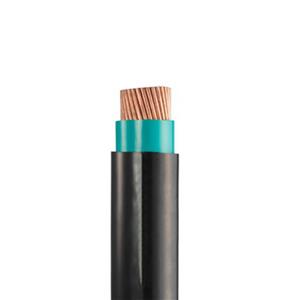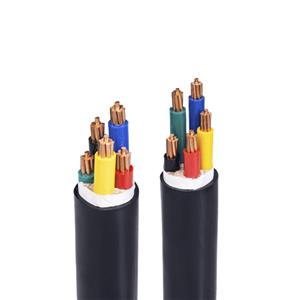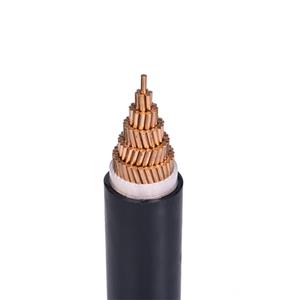The knowledge of wires and cables that you cannot ignore
Among the many links of modern home decoration, wires are an important part of concealed projects. Their selection and installation are not only related to the convenience and safety of daily electricity use, but also the basis for the stable operation of home electrical systems. With the development of science and technology and the improvement of people's requirements for quality of life, wire products are becoming more diversified and specialized. The following article will discuss in depth how to choose suitable and high-quality wire products in home decoration from the aspects of the difference between wires and cables, the classification of household wires, conventional sizes and key points for purchase.
1. Wires and cables: subtle differences
In daily contexts, wires and cables are often regarded as the same type of items, but in fact, they have certain differences in structure, use and applicable scenarios. In short, wires are mainly composed of one or several soft wires, which are covered with a light and soft sheath for transmitting electrical energy or signals. Cables are more complicated. They are bundled with one or several insulated wires, and the outer layer is wrapped with a protective layer made of tough materials such as metal or rubber to enhance their mechanical strength and protective performance. In the field of home decoration, due to the relatively simple environment, the protection requirements for electrical equipment are not as strict as those in industrial or commercial places. Therefore, in most cases, wires can meet the needs without the need to use more complex cables.
2. Classification of household wires: different functions, each with its own duties
Household wires can be divided into many types according to their functional characteristics and application scenarios, and each type has its unique advantages and applicable scenarios.
1. Hard wire (BV wire)
Hard wire, professionally known as BV wire, is known for its good hardness and mechanical strength. It is mainly composed of a single or multiple copper core wires, with an outer insulation layer, and is suitable for the connection of power supply, lighting, sockets and air conditioners in the home. The advantage of BV wire is that it is easy to wire, fix and install, especially when right-angle turns or long-distance straightening are required, its hardness can provide better support. However, hard wires may not be as flexible as soft wires when bending, so special attention should be paid in certain specific scenarios.
2. Soft wire (BVR wire)
The corresponding to hard wire is soft wire, that is, BVR wire. The soft wire is made of multiple strands of fine copper wires twisted together and covered with an insulating layer. It has higher flexibility and better conductivity. Due to the multi-strand design of the soft wire, its current carrying capacity is greater than that of the hard wire of the same cross-section, so it performs better in high-frequency circuits or occasions where large current transmission is required. In addition, the soft wire is also easy to install and maintain, especially in occasions that require frequent movement or bending, such as internal connections in distribution boxes.
3. Weak wires
In addition to the strong wires mentioned above, household wires also include weak wires, which are mainly used to transmit signals rather than electrical energy. Weak wires mainly include network cables, telephone cables, TV cables, etc. They usually have lower voltages and smaller currents, but have higher requirements for the quality of signal transmission. The selection and installation of weak wires need to consider factors such as signal attenuation, interference and protection to ensure the smooth flow of home information networks.
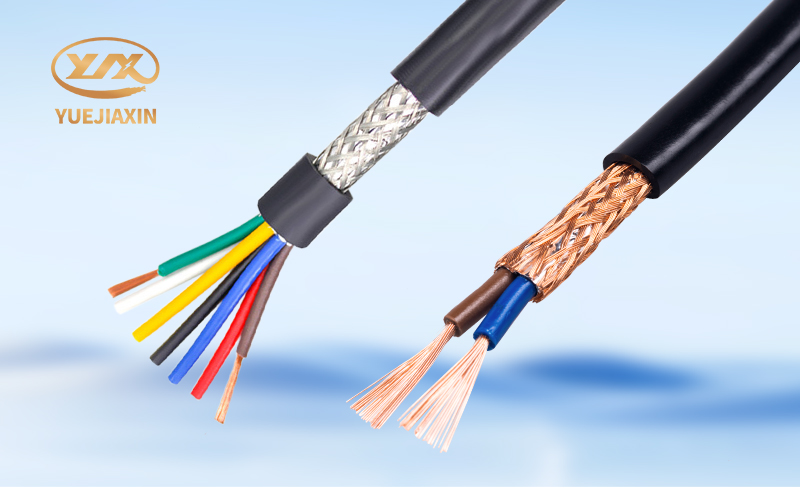
3. Conventional size of household wires: choose the right one, safe and efficient
When purchasing household wires, the size of the wire (i.e. the cross-sectional area) is an important factor that cannot be ignored. The size of the wire is usually expressed in "square millimeters", and the common specifications are 1.5 square, 2.5 square, 4 square, 6 square and 10 square. Wires of different sizes have different carrying capacities and applicable scopes.
●1.5 square wire: mainly used for the connection of low-power equipment such as lighting fixtures and switches. It has a small carrying current and is suitable for the lighter load part of the household circuit.
●2.5 square wire: as one of the most commonly used wire specifications in home decoration, 2.5 square wire is suitable for the connection of sockets and general household appliances (such as TVs, refrigerators, washing machines, etc.). Its carrying current is moderate, which can meet daily electricity needs and has high safety.
●4 square wire: suitable for the connection of high-power electrical appliances, such as air conditioners, water heaters, etc. These devices will generate a large current when working, so it is necessary to select wires with a larger cross-sectional area to ensure safe and stable operation.
●6 square and 10 square wires: usually used for the connection between the incoming line and the main line, as well as the power supply of special high-power equipment. Due to its extremely large carrying current, it is rarely used in general home decoration, but it may be seen in villas or large houses.
4. Key points for purchase: comprehensive consideration to ensure quality
When purchasing household wires, in addition to considering the type and size of the wires, you also need to pay attention to the following aspects:
●Brand reputation: Choose wire products from well-known brands. These brands usually have stricter production standards and a more complete after-sales service system, which can provide users with more reliable product guarantees.
●Material quality: The conductor material of the wire directly affects its conductivity and safety. High-quality wires usually use high-purity oxygen-free copper as the conductor material, which has good conductivity and strong antioxidant ability.
●Insulation layer quality: The quality of the insulation layer is directly related to the safety performance of the wire. High-quality insulation layers should have good insulation performance, wear resistance and flame retardancy, and can effectively prevent safety hazards such as wire aging, leakage and fire.
●Certification mark: Qualified wire products should be certified by relevant national departments and affixed with corresponding certification marks (such as CCC certification). When purchasing, users should carefully check the certification information on the product packaging to ensure its legality and safety.
The selection and installation of household electrical wires is a crucial part of home decoration, which is directly related to the safety and convenience of household electricity use. After understanding the difference between wires and cables, the classification, conventional sizes and purchase points of household electrical wires, we also need to master some practical installation skills and precautions to ensure that the laying of wires is in compliance with the specifications and can meet the needs of long-term use.
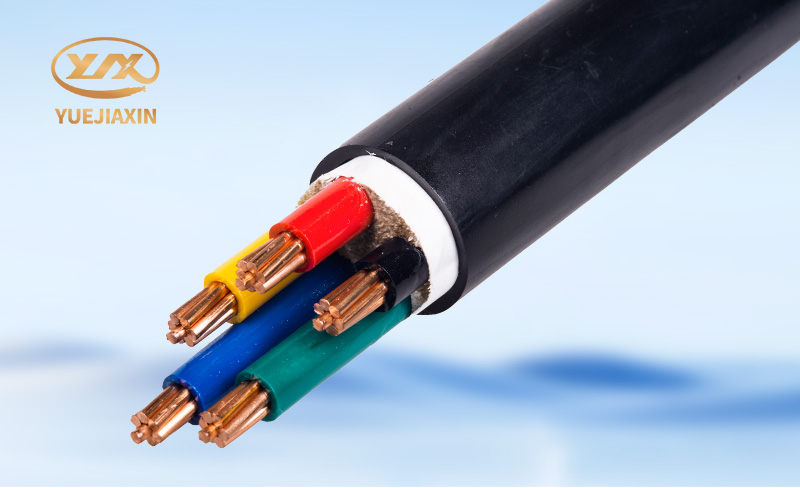
5. Conclusion
The selection and installation of household wires is an indispensable part of home decoration, which is directly related to the safety and convenience of household electricity use. By understanding the difference between wires and cables, the classification, conventional sizes and purchase points of household wires, and mastering practical installation skills and precautions, we can provide strong guarantees for the stable operation of household electrical systems. At the same time, we also remind the majority of owners to choose regular channels to purchase qualified products during the decoration process, and hire professionals to install and maintain them to ensure the safety of household electricity use.

